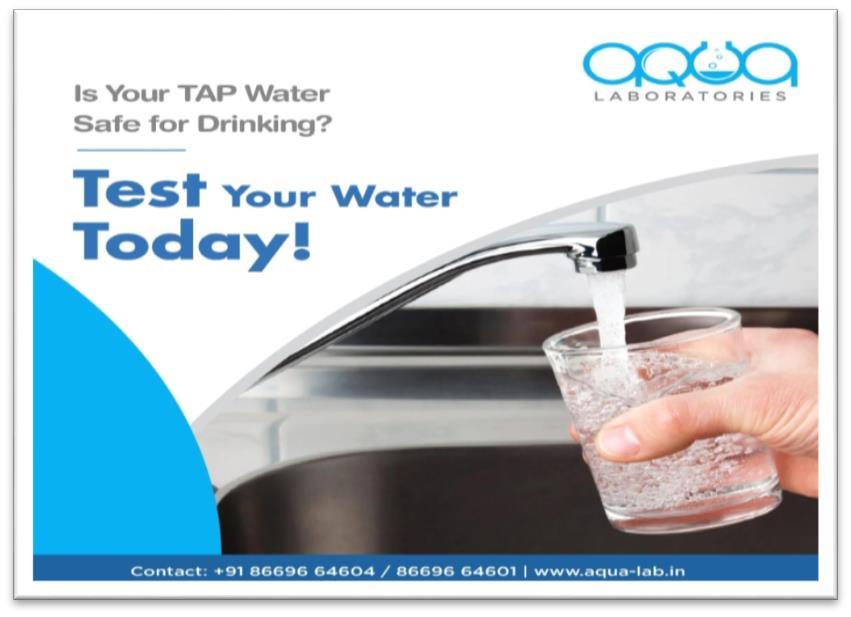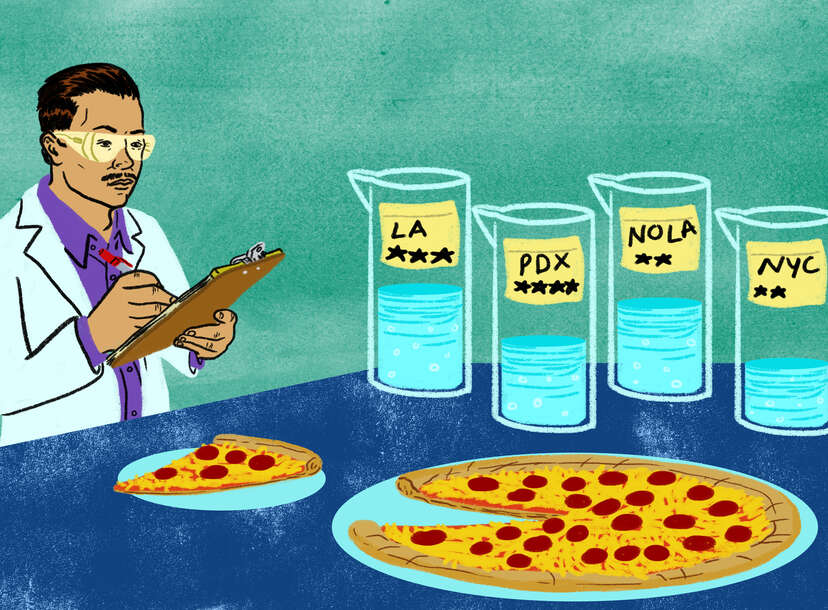How Safe is Your Water? Questions Persist About the City's - Questions

More About Prospering in a Pandemic! "Create Wealth with Your Health":
Two dominant carbon filter choices are solid activated carbon blocks and granular activated carbon filters (GAC). Regrettably, our tap water can consist of small microscopic particles that affect your long term health. These tiny particles can also change the taste and odor of the water along with consist of microbiological organisms that can really make individuals ill soon after drinking.
These filters typically use triggered carbon; triggered carbon is a kind of carbon processed to have little, low-volume pores that increase the surface location available for adsorption of pollutants or chain reactions with the impurities triggering them to follow the carbon. At Legendary Water Filters we utilize strong activated carbon blocks for our filters which we think is the superior method to filter contaminants out of your water.


Plastic fibres found in tap water around the world, study reveals - Plastics - The Guardian
Granular activated carbon filters (GAC) have loose granules of carbon that look like black grains of sand. These black grains of carbon, are dumped into a container and the water is forced to take a trip through the container to reach the other side, going by all of the grains of carbon.

Manhattan Testing For Copper Levels In Water - Tap Water Quality Testing Manhattan NYC
All about We tested NYC water for lead and the results were confounding
These filters force the water to look for a method through the solid wall and countless layers of carbon till they reach a channel which leads the water out of the filter. Check Here For More are made from carbon that's ground into small particulate sizes. Solid triggered carbon blocks are ground even further into a great mesh 7 to 19 times smaller than the (GAC).
Circulation channels likewise develop in between the granules of carbon themselves, resulting in less efficient purification as there is less and less contact time between the water and the carbon. Strong activated carbon blocks, on the other hand, are much tighter and won't even let microbial cysts like giardia and cryptosporidium (7 to 10 Microns in size) pass through the filter without getting caught in the countless layers of carbon.
Throughout this contact time is when damaging contaminants like lead, adhere to the carbon and are eliminated from water. This occurs during a process called adsorption, the other filtration method that strong activated carbon blocks usage is called depth purification. This is where the density of the carbon block filter comes into play to assist get rid of impurities as they have to pass through these thick carbon walls.
